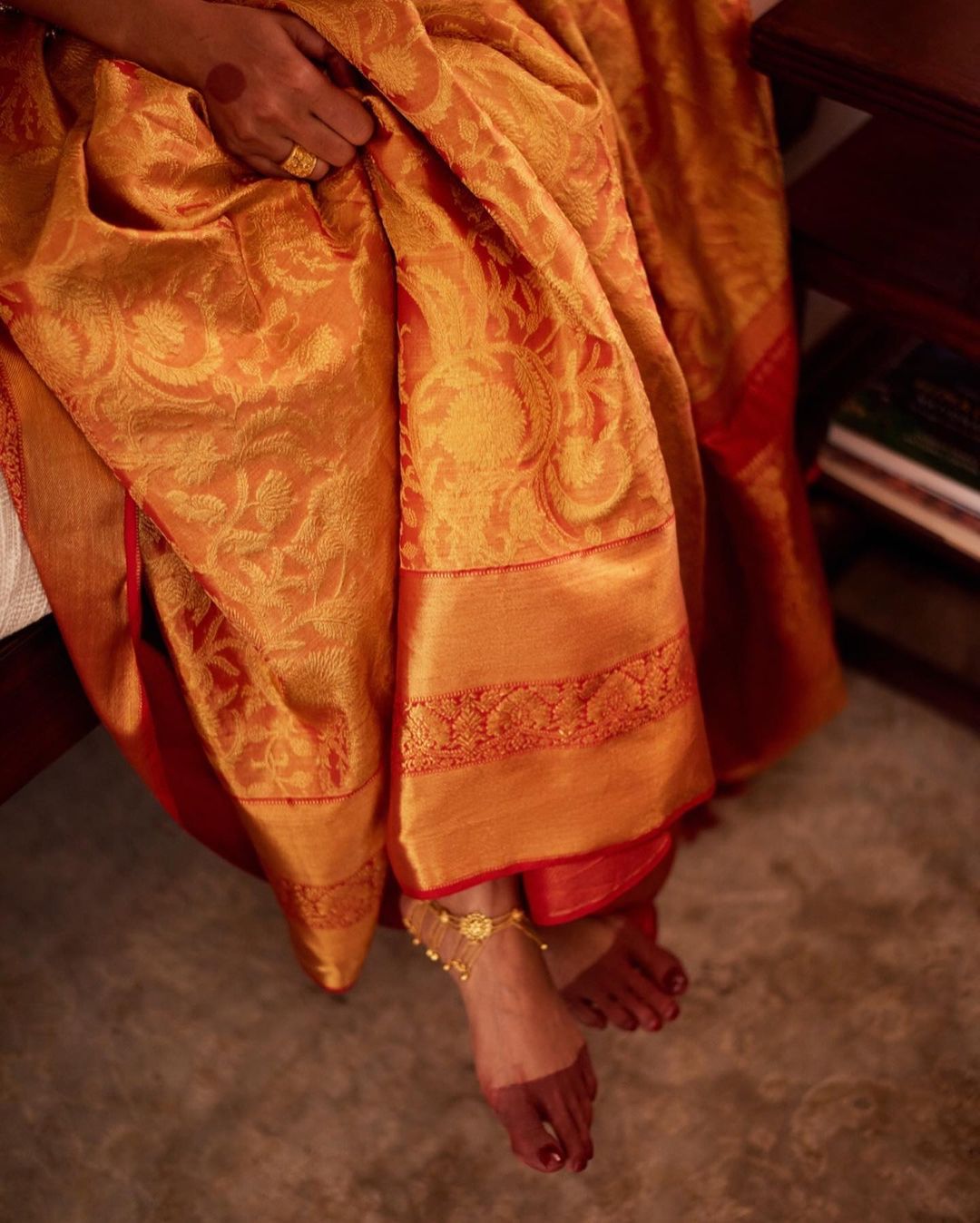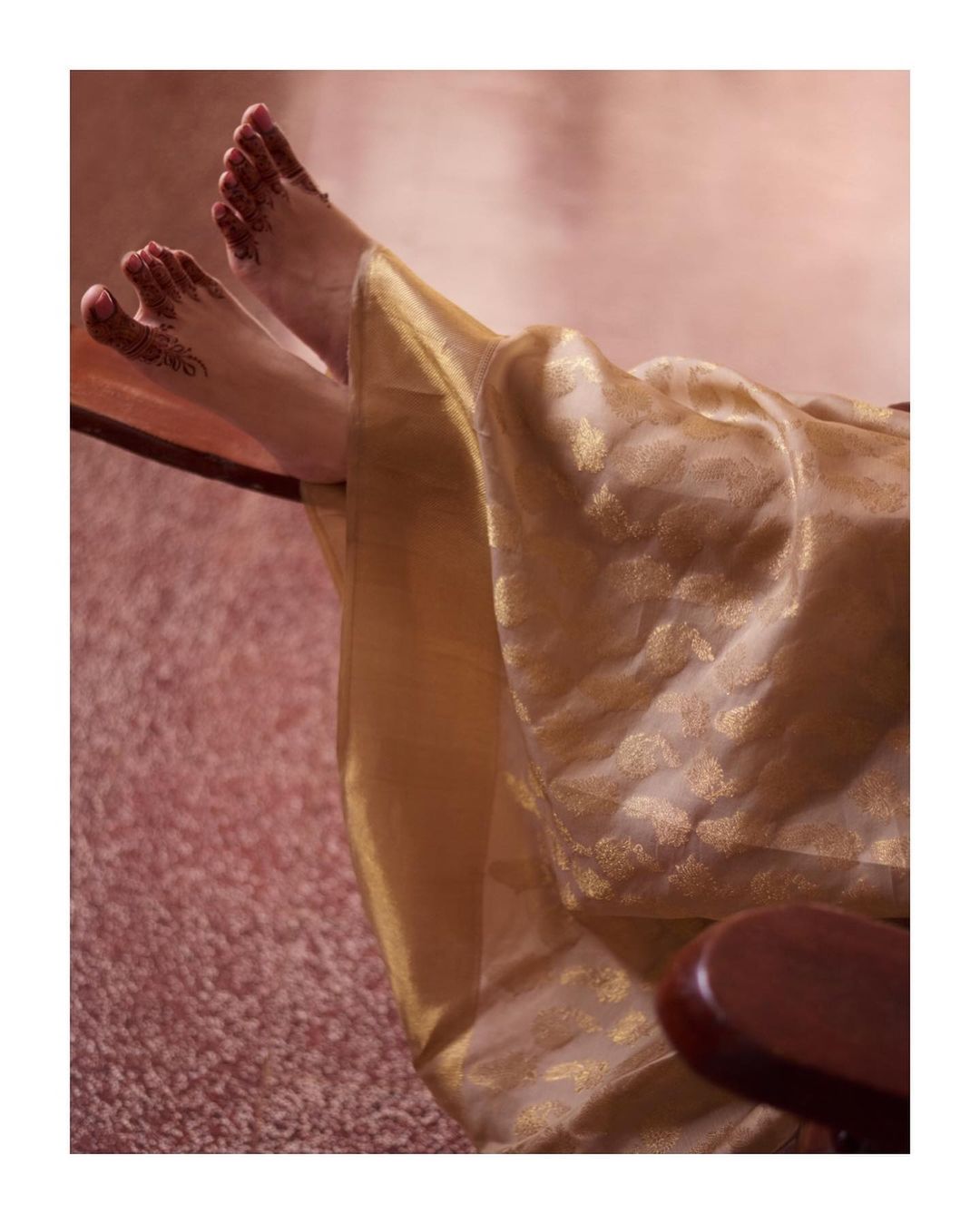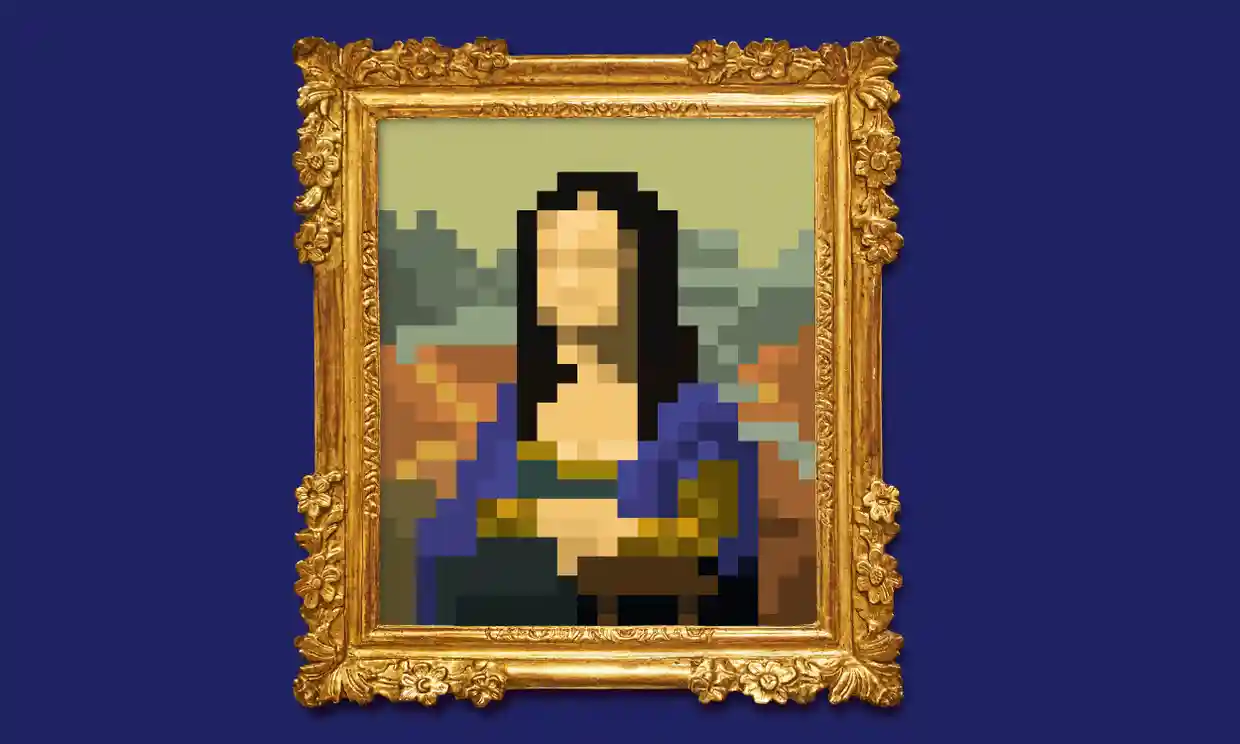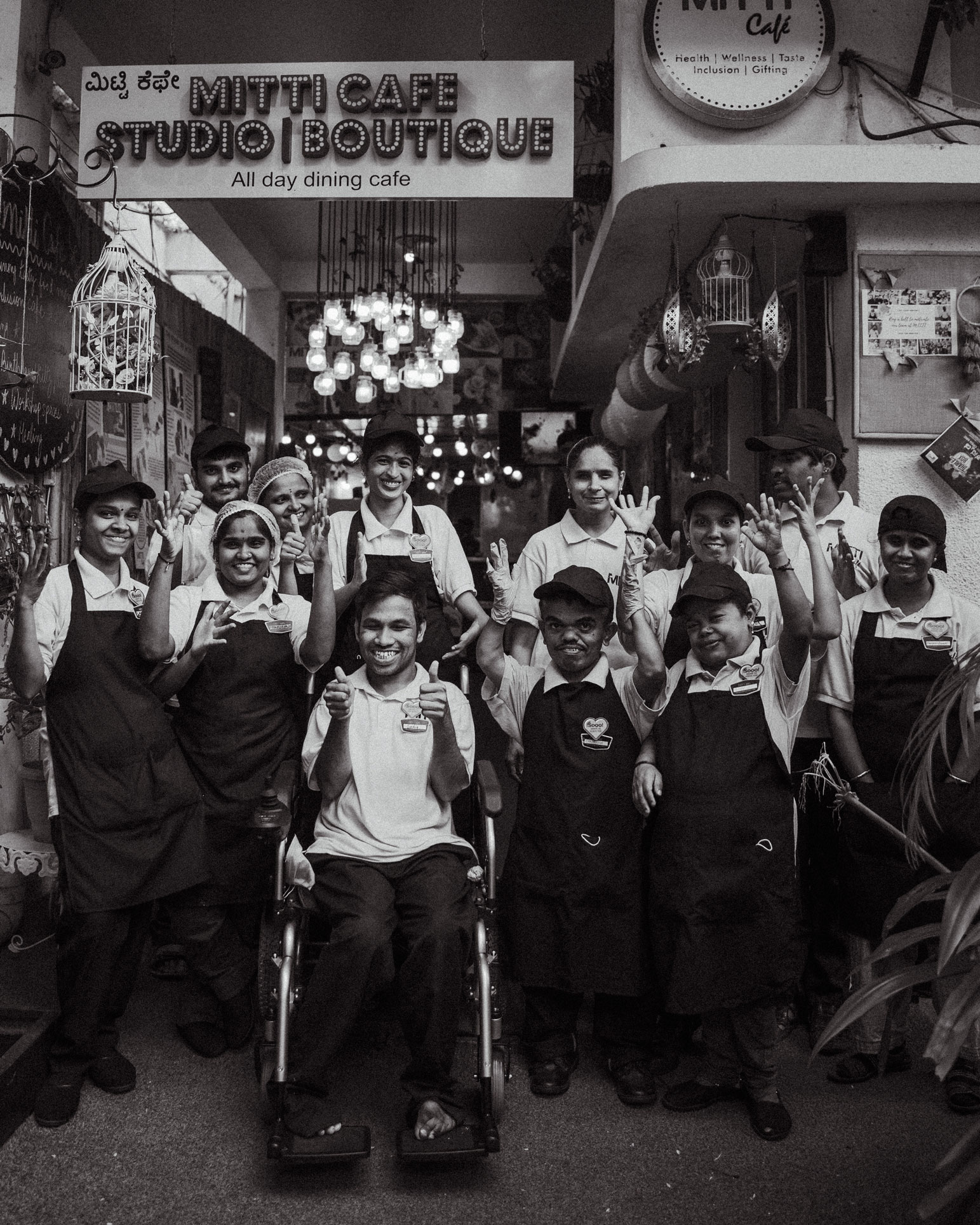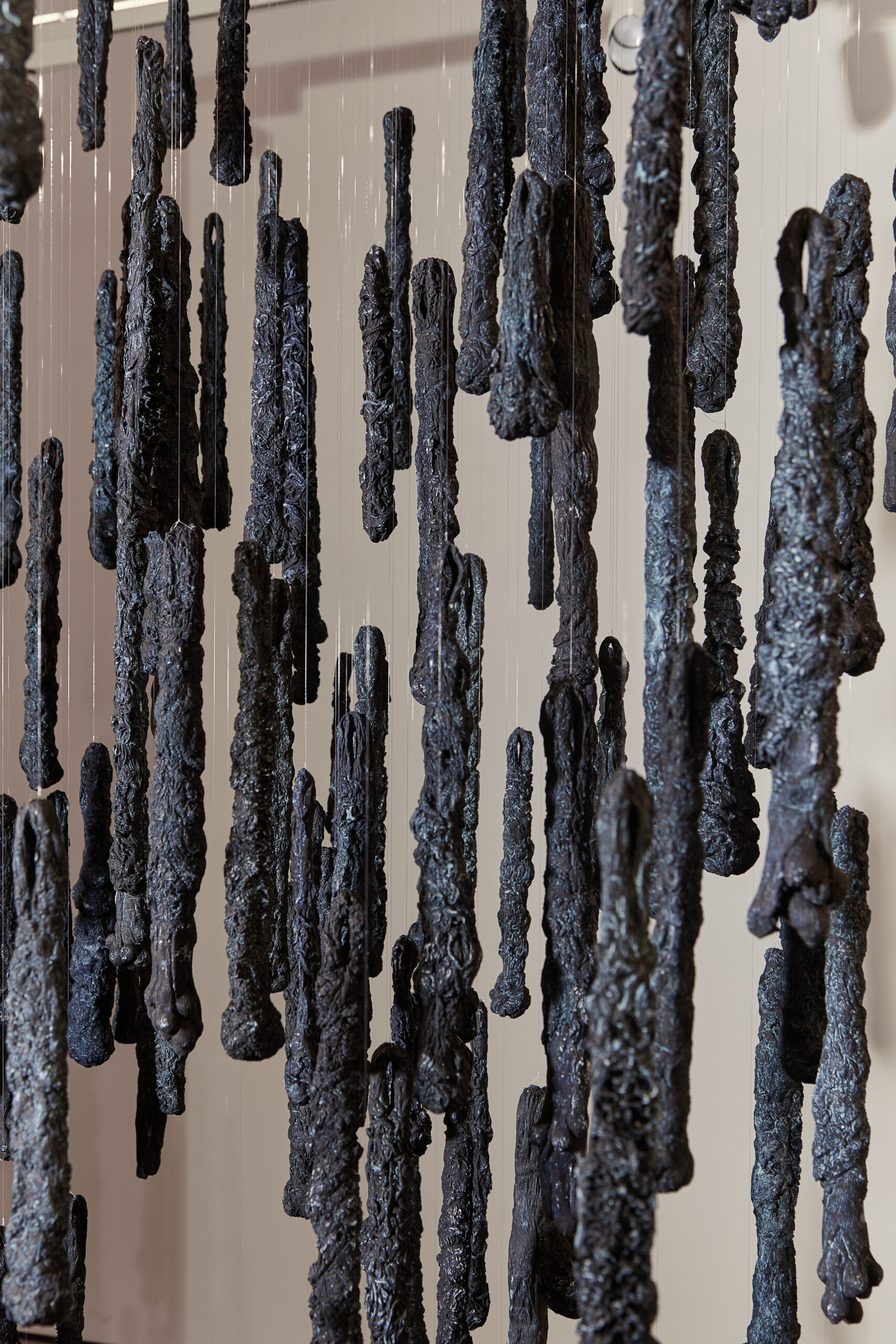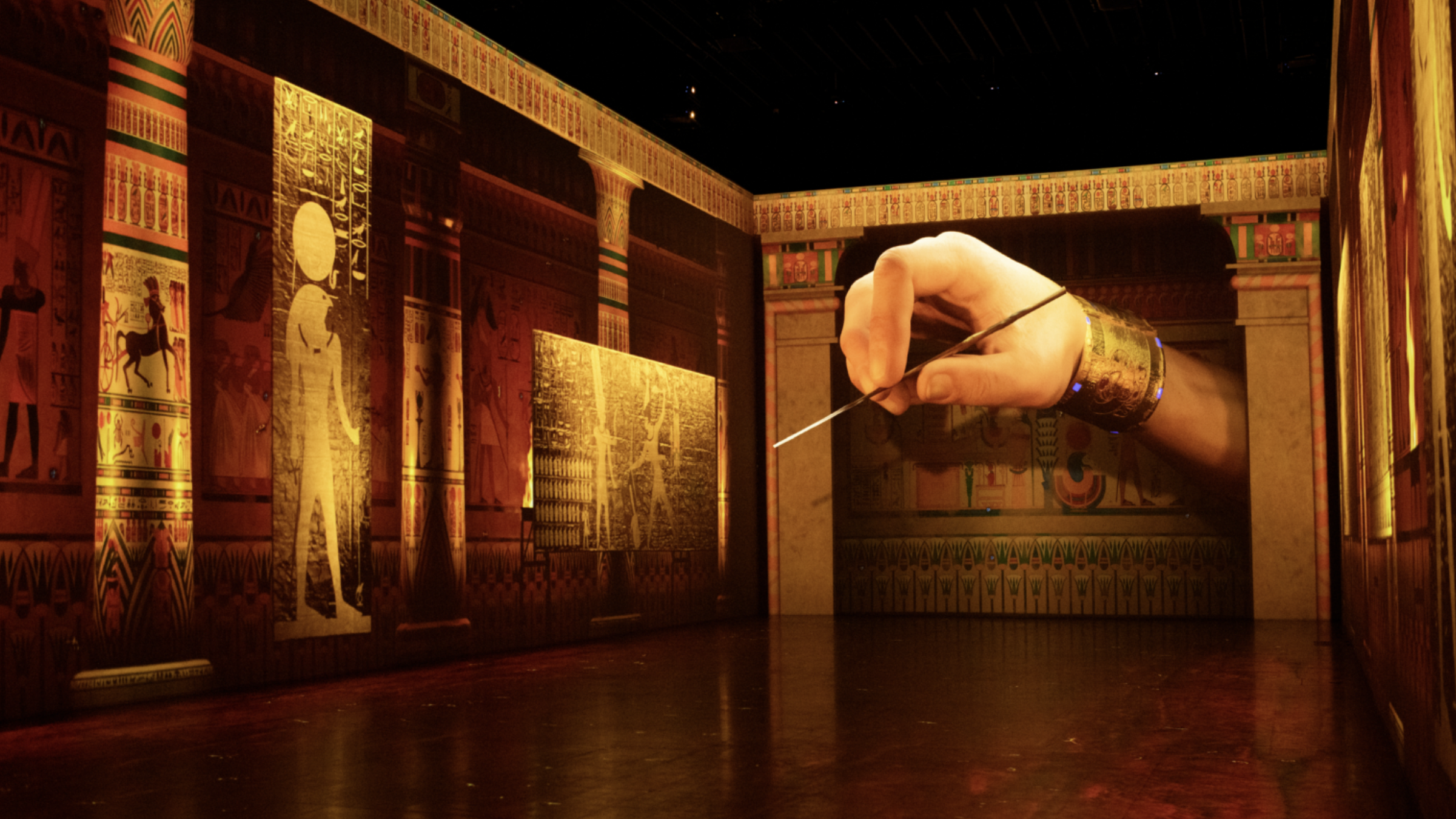There are many fundamental moments of life that marked my transition from girl to woman. One of the key pivotal moments into womanhood was when I purchased my first Kanjivaram saree. Not borrowing, not adopting a hand me down but purchasing my very own. I had been warned that if I desired a Kanjivaram that I would be proud of wearing, it would be an affair that would loosen my tight purse strings. Getting lost in yards of colourful, intricately embroidered cloth I was awe-inspired by these charming garments and finally understood why they retained legendary status in the rankings of ethnic wear. Apart from holding ornamental value the yards of silk are the root of great sentimental value, often being passed down through generations.
The art of making Kanjivaram sarees is a historic one, more than 400 years ago in the quaint temple town of Kanchipuram is where this art form began. The eponymous town is where artisans discovered weaving thick fabric with gold or silver lace and motifs produced a beautiful outcome. The Kanjivaram saree went on to become the most popular choice of bridal attire in South India. Origins of this type of saree can be further traced back to Hindu mythology as it is said that the silk weavers of Kanchipuram are descendants of sage Markanda, who was known to weave clothes for the celestial beings.
The art form was born after two weaving communities – the Devangas and the Saligars migrated to Kanchipuram from Andhra Pradesh. The artisans’ main source of inspiration for the designs on the majestic saris came from the intricacies they would spot in temples in the village. Originally, pure mulberry silk is used to weave Kanjivaram sarees and the design filled borders incorporate pure gold and silver zari from Gujarat. Coloured threads of silk and zari are separated manually before being sent to the weaving room, this process requires extreme precision and care as any tangles will result in an uneven surface in the finished product. When the separate threads are attached to the weaving loom the laborious process of drawing the warp ends and attaching them to the previous warp on the loom begins. To create designs on the weaving loom a cardboard stencil is attached which moves simultaneously with the silk threads. Initially sketched by hand the designs are then replicated using a computer to create the final stencil. The threads are hand-woven as per the shape of the design.
To obtain a thick, stiff structure the threads of silk are immersed in rice water and dried in the blazing sun before they are sent for processing. The sarees are typically six yards long weighing as heavy as two kilograms and the prices of the garment varies on a large spectrum, making them accessible to all. A whole host of reasons make this type of saree a highly desirable one however, there are few prominent reasons that make Kanjivarams extremely special. Delving into the process allows one to understand why this article of clothing has withstood the test of time and continues to be as iconic since its time of inception. The ornate loose ends (pallu) and the borders of the silk saree are weaved separately before being joined together. through an ancient, unique knot and interlocking technique known as Korvai. The intersection that joins the two is known as the pitni, which is often a beautiful intricate design in a zigzag pattern. The durability of the saree is further increased as the silk threads are twisted together with silver wire.
A plethora of patterns are characteristically known as trademark Kanjivaram saree designs. Apart from having ornamental value, the motifs have strong symbolic connotations to the realm of mythology and folklore. Many of these symbols can be spotted repeatedly across various art forms from painting, temple architecture to Tamil literature, and dance. Some popular recurring patterns are chariots, peacocks, swans, lions, coins, mangoes, leaves, the sun and the moon. Furthermore, scenes from epics such as the Ramayana and the Mahabharata are also popularly replicated on Kanjivaram sarees.
Even though the sarees are mostly created using the original technique of weaving, the patterns and colour combinations have evolved through the ages. The most traditional form of the saree is a plain, block coloured one with a gold border. A few varying elements that determine the quality of the garment are: quality of silk, zari and weaving. Pure silk threads are used for making Kanjivaram sarees; however, nowadays other materials are mixed to produce a more cost-efficient one. However, sarees weaved using only high quality silk are accredited with a certificate of authenticity from the Indian Silk Mark Organisation. Another way to determine how genuine the silk saree is to inspect the weaving of the garment; if there are weaving defects present then the saree is not a Kanjivaram as they undergo a thorough quality control check before reaching a retail outlet.
Words by Anithya Balachandran.
Image courtesy House of Angadi.


